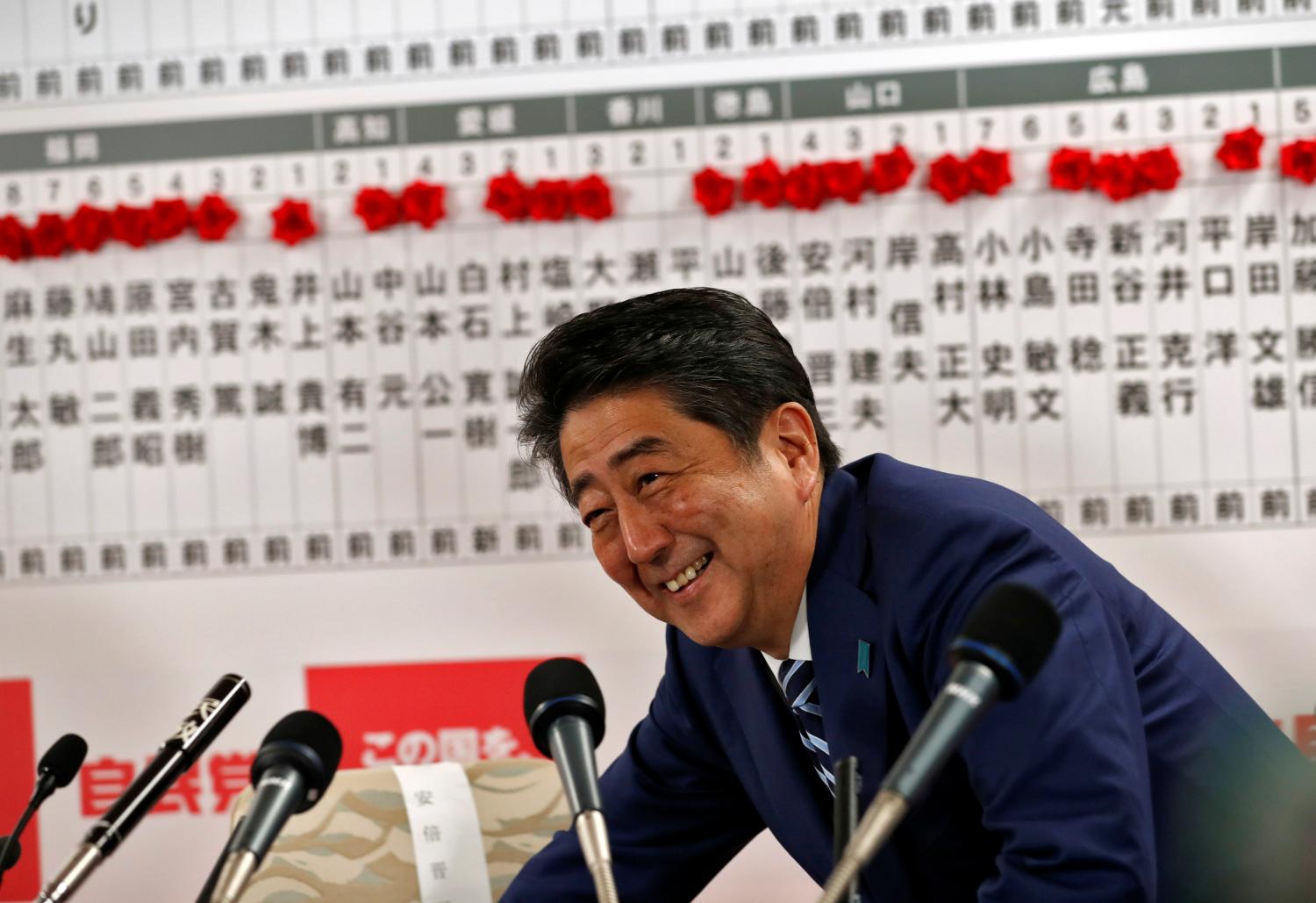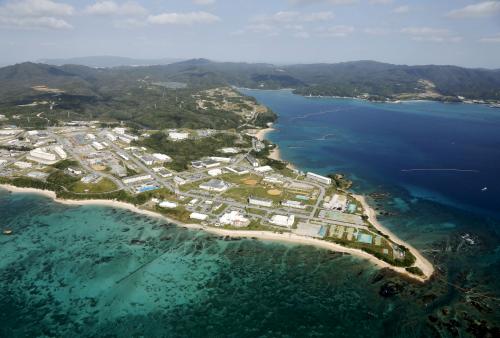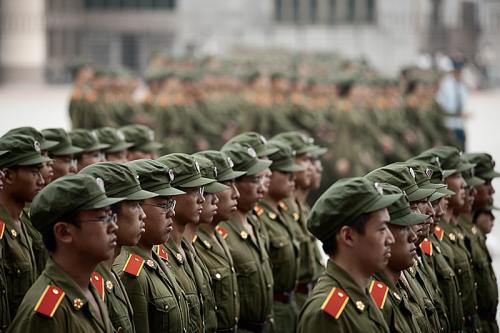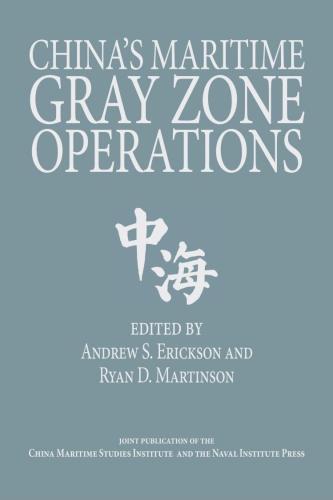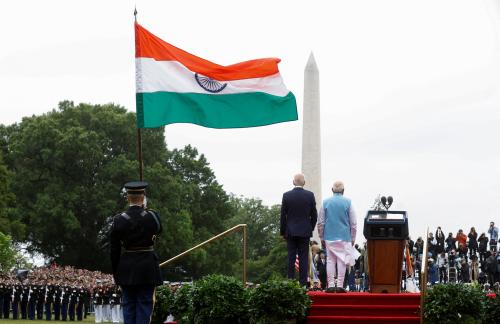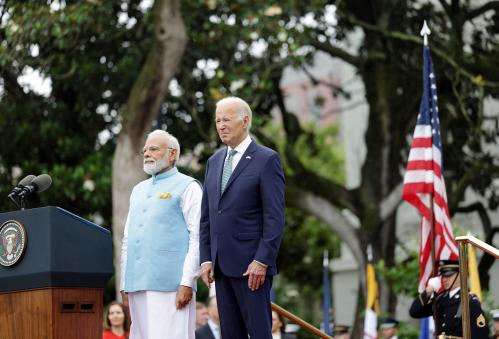Content from the Brookings Institution India Center is now archived. After seven years of an impactful partnership, as of September 11, 2020, Brookings India is now the Centre for Social and Economic Progress, an independent public policy institution based in India.
The primary driver of Indo-Japan ties is the shared concern about the implications of China’s rise. Japan’s reframing of its security roles and “normalization” of its national security strategy and India’s rising defence and maritime profile in the Indo-Pacific region present opportunities to both governments. Tokyo has become an indispensable partner in the region’s security architecture as per New Delhi’s calculations. The confluence of these two strategies shows great promise.
However, certain limitations including the danger of overemphasising defence trade and joint production in this partnership in addition to the structural constraint of India remaining “outside of the United States’ Asian alliance structure.”
There are two important avenues of cooperation – first, the utilisation of Japan’s official development assistance to invest in strategic infrastructure and, second, deepening of cooperation between the ground and air forces of the two countries.
This chapter appeared in a book titled “India and Japan: Assessing the Strategic Partnership“, edited by Rajesh Basrur and Sumitha Narayanan Kutty, published by Palgrave Pivot. The book is available for order here.

